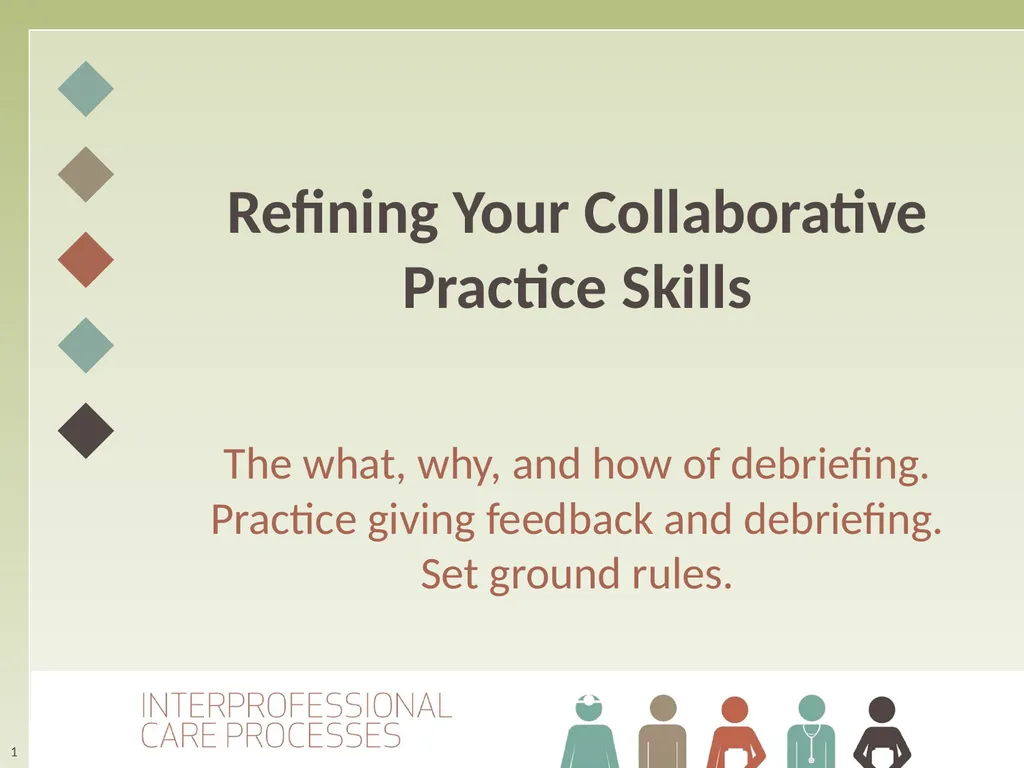
Refining Your Collaborative Practice Skills The
Author: tatiana-dople | Published: 2025-08-04
Description: Refining Your Collaborative Practice Skills The what, why, and how of debriefing. Practice giving feedback and debriefing. Set ground rules. Project collaborators Overview Part 1: The what and why of debriefing Part 2: Practice giving
Download Presentation
Download the PPT/PDF: Download
Transcript:
Loading transcript…